Battle of Saratoga -- Four Sets of Battle Positions on September 17, 1777 and September 19, 1777 (Battle of Saratoga)
Fine Revolutionary War battle plan, prepared in London by William Faden to illustrate the actions of the British and American Forces on September 17 and 19, 1777, during the first part of the Battle of Saratoga (Freeman's Farm).
Faden's plan shows Burgoyne's forces as they moved from their September 17, 1777 encampment at Swords House near Stillwell, New York on the Hudson River to the site of the first Battle of Saratoga at Freeman's Farm on September 19, 1777. Employing a "flap" system to illustrate two different moments during the battle, the map is also an interesting early graphic innovation.
Faden's plan is an early example of using "flaps" on maps to show the progress of a battle at more than one point in time on the same sheet. At the top right, below the extra flap pasted onto the map so that it can be folded back from left to right, the map illustrates the "First and Second Positions of that Part of the [British] Army engaged on the19th of September." On top this area, the extra flap illustrates the "Third and Fourth Positions of that Part of the [British] Army engaged on the19th of September." On top this area, the extra flap illustrates
The color coding for the map is:
- Red: British Troops
- Red/Blue: British Royal Artillery
- Green: Hessian Troops
- Pink: American Troops
- Red/White: Canadian and American (loyalist) Volunteers
- Pink/White: Savages (loyalist)
The Route taken by the German troops Sword's House to Freeman's Farm for the battle fought on September 17, 1777 is illustrated in Green. The "Advance Route of the British soldiers to Freeman's farm is shown in red.
The Battle of Saratoga took place in September and October of 1777 and was a decisive victory for the American forces. Often referred to as a single battle, it was actually two battles fought eighteen days apart, the Battle of Freeman's Farm on September 19, 1777 and the Battle of Bemis Heights on October 7, 1777.
William Faden (1749-1836) was the most prominent London mapmaker and publisher of the late-eighteenth and early-nineteenth centuries. His father, William Mackfaden, was a printer who dropped the first part of his last name due to the Jacobite rising of 1745.
Apprenticed to an engraver in the Clothworkers' Company, he was made free of the Company in August of 1771. He entered into a partnership with the family of Thomas Jeffreys, a prolific and well-respected mapmaker who had recently died in 1771. This partnership lasted until 1776.
Also in 1776, Faden joined the Society of Civil Engineers, which later changed its name to the Smeatonian Society of Civil Engineers. The Smeatonians operated as an elite, yet practical, dining club and his membership led Faden to several engineering publications, including canal plans and plans of other new engineering projects.
Faden's star rose during the American Revolution, when he produced popular maps and atlases focused on the American colonies and the battles that raged within them. In 1783, just as the war ended, Faden inherited his father's estate, allowing him to fully control his business and expand it; in the same year he gained the title "Geographer in Ordinary to his Majesty."
Faden also commanded a large stock of British county maps, which made him attractive as a partner to the Ordnance Survey; he published the first Ordnance map in 1801, a map of Kent. The Admiralty also admired his work and acquired some of his plates which were re-issued as official naval charts.
Faden was renowned for his ingenuity as well as his business acumen. In 1796 he was awarded a gold medal by the Society of Arts. With his brother-in-law, the astronomer and painter John Russell, he created the first extant lunar globe.
After retiring in 1823 the lucrative business passed to James Wyld, a former apprentice. He died in Shepperton in 1826, leaving a large estate.

![[ Battle of Saratoga with extra flap ] Plan of the Encampment and Position of the Army under His Excelly. Lt. General Burgoyne at Swords House on Hudson's River near Stillwater on Septr. 17th with the Positions of that part of the Army engaged on the 19th Septr. 1777. Drawn by W.C. Wilkinson Lt. 62d. Regt. Asst. Engr. . . . By William Faden](https://storage.googleapis.com/raremaps/img/small/100140.jpg)










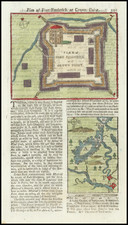
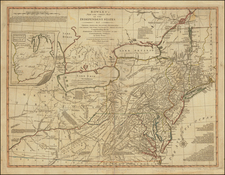
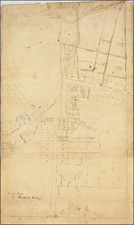
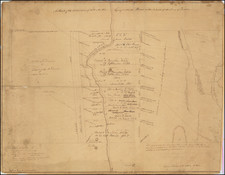
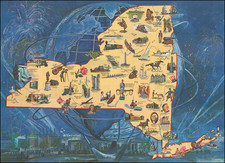
![[Niagara Falls] Wasserfall von Niagra](https://storage.googleapis.com/raremaps/img/small/69038.jpg)